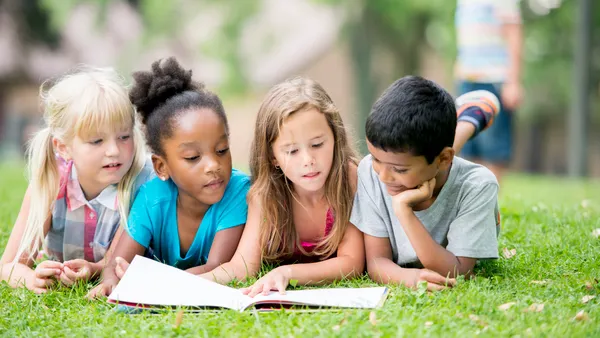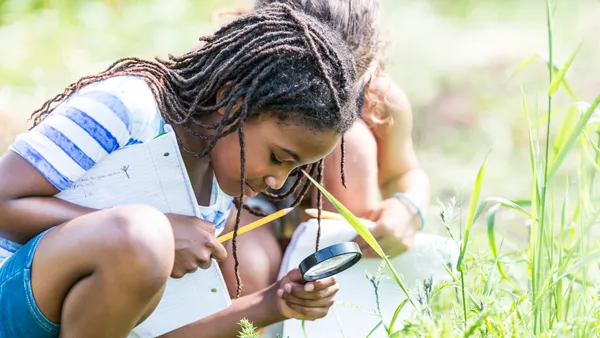In David Reiff’s “American History through Pop Culture” class at Hauppauge (N.Y.) High School, students get a unique view of their country’s history through music and lyrics. That means the 1960s — a time when the counterculture movement flooded the landscape — is stitched into the curriculum through the songs of Joni Mitchell, Marvin Gaye and Jefferson Airplane, for example.
“After listening to the songs, we dissect the lyrics,” says Reiff, by email. “Students also complete a project in which they present a topic of their own choosing.”
Tapping pop culture as a delivery mechanism for learning is one many teachers adopt. Chaucer may be chewy and Aristotle arguably a bit dry, but most students are familiar with the television show “Parks and Recreation” and certainly Beyoncé.
As Reiff knows, students are always more excited and engaged when they can relate to the material. And those writers we consider now classic authors, like Dickens, were actually producing pop culture of their own time. Dickens’ “The Pickwick Papers,” was first published as a weekly serial — and hardly then considered in the league of Shakespeare.
Pop culture is tomorrow’s classics
“But Shakespeare was critiqued in his day for being pop culture,” notes Christina Angel, who helped launched the Denver-based Pop Culture Classroom. “Why do we have to wait 150 years to validate something as literature when we can just do it now?”
Pop Culture Classroom was launched as an after-school program in 2011. In addition to working with students, the program provides educators with curriculum suggestions and resources on how to use pop culture in their own classrooms.
Angel says it’s crucial for educators to find a way to meet students at their interest level, and make subjects more relevant. She says she would probably bring in almost any material to a class lesson, whether that’s a comic book or a clip from a popular video game, as long as she can find a way to hook students on a critical level.
“I know young people are spending a lot of time with video games, especially those with detailed narratives,” she says. “I’ll ask them if they understand that the game they’re playing is straight out of Greek mythology and a hero’s journey. And then we’ll talk about which mythological story is it following.”
Lighting up language
Noah Geisel also likes how pop culture can captivate students. A former high school Spanish teacher at Denver East High School, and the 2013 American Council on the Teaching of Foreign Languages' National Language Teacher, Geisel vividly remembers loving Spanish — but finding the classes themselves not very engaging. When he became a teacher, he decided his mission was to find what didn’t work for him, and give those methods a new spin.
That meant when teaching vocabulary words, for example, he had his students go on Twitter and find a gossip article about singer Daddy Yankee — in Spanish. Or his class would Skype with bands, artists and even journalists, like the reporter based in Venezuela who covered the local Denver baseball team. Students got so excited they joined the fantasy baseball league from the reporter’s newspaper in Venezuela, navigating the web site, even though it was “not made for language learners,” adds Geisel.
More prep time
Angel says she knows it sounds easy to watch clips of “The Simpsons,” and then just bring them in as a class lesson. But she says that would be a mistake.
Looking for relevant pop culture examples takes more work than just telling students to read a textbook chapter and quizzing them at the end of the week. She has to stay versed on what shows or pop stars are actually popular — and what’s been canceled or who has fallen out of favor. But then again, designing curriculum this way does makes for some interesting evenings at home.
“It means sitting there with my husband watching 'Jessica Jones,' and saying ‘Hey I can use that! Where can I find that clip?'" she says. “I’m a big practitioner of practicing what I preach, and I am always looking for things that I think are relevant and interesting to my students.”











